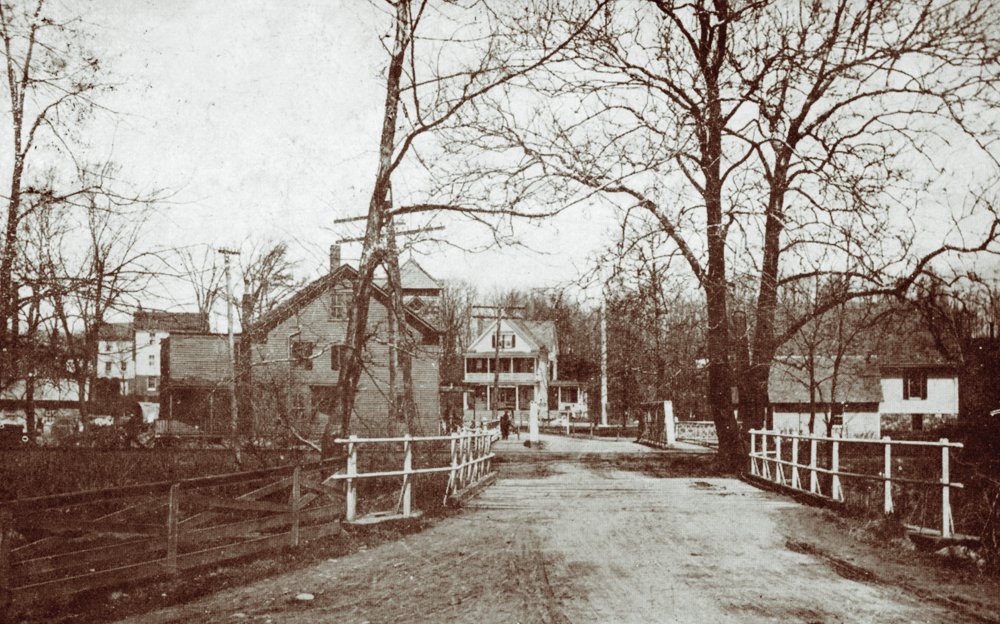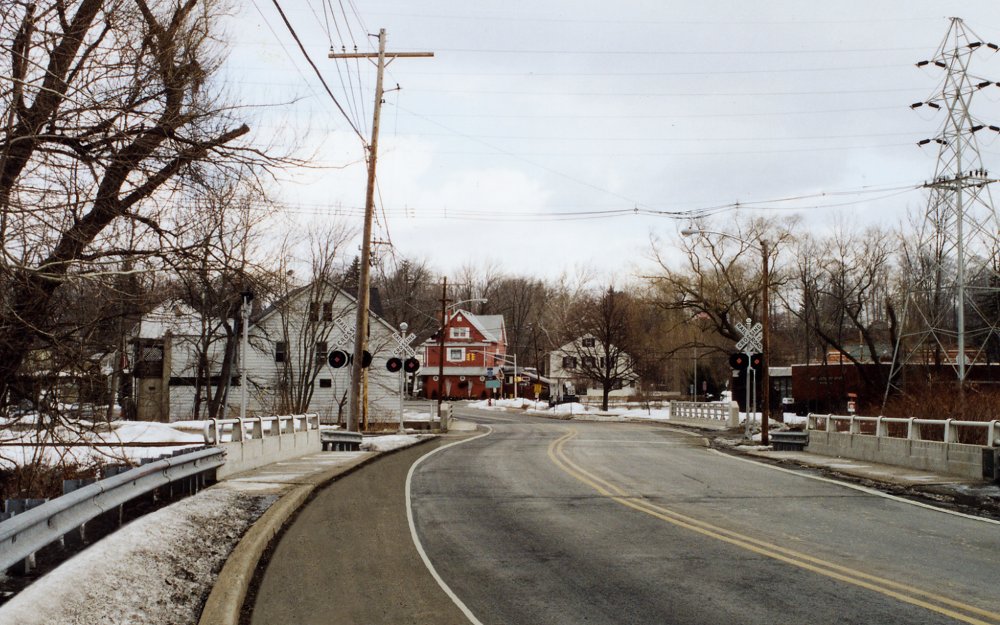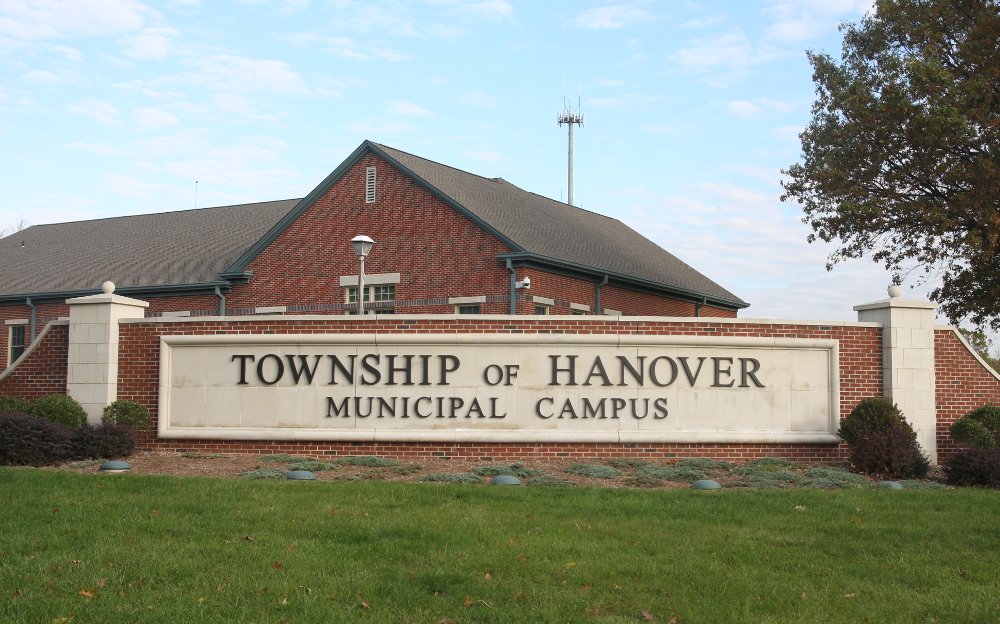Monroe
circa 1715
The first homesteads in what became known as Monroe were settled circa 1710. The first significant land transaction was in 1715 when John Ford and John Hayward purchased one square mile of land from West Jersey Proprietors. John Ford built a homestead at the base of what is now Ford Hill Road. The Ford family descendants eventually named the Ford settlement “Fordville.”
The nearly forgotten village of Fordville spread out along what is now Whippany Road. In 1820 the area that included and surrounded Fordville was delineated as School District 10 and named Monroe. Some years later the Monroe District 10 was delineated School District 84.
The Monroe School was first built in 1828 and was rebuilt in 1876. The school was located on Whippany Road next to where Monroe Chapel is now located.
Monroe was named in honor of James Monroe who was president in 1820 when the District of Monroe was established. James Monroe may have had some affiliation to Fordville while residing in Morristown in 1778. Monroe was a colonel in the Continental Army when he lived in Morris County, but eventually became a captain, a major, a Continental Congressman, Senator, Governor of Virginia, and the fifth president of the United States of America (1817–1825).
At the turn of the twentieth century a train station was designated along the Morristown and Erie Railroad line serving the village of Monroe and eventually the first inhabitants of Cedar Knolls.
The district of Monroe has long since lost its identity with the passing of time. Only Monroe Chapel and the neighborhood of Monroe Gardens carry the name of a place that was once located in the south section of Hanover, all the way from Horse Hill to the Black Meadow swamp.
Monroe is now obscured by the communities of Cedar Knolls, Trailwood, and certain neighborhoods in Whippany.
This description of Monroe is condensed versions from— A Place Called Whippany, 2nd Edition—
Chapter 4— Villages of Hanover Township.
Copyright 2006
All rights reserved
Limited excerpts of this text may be copied or reproduced
with acknowledgment as copy from A Place Called Whippany, by Leonardo Fariello.
Contact Information: Len Sunchild Publishing Co., Len@whippany.net, 973-539-5355



